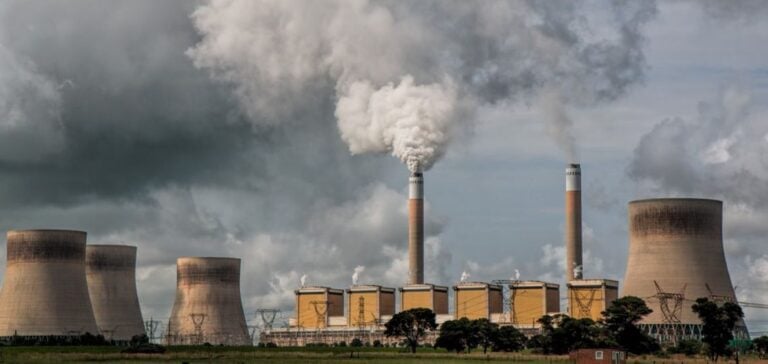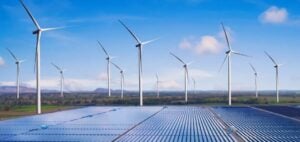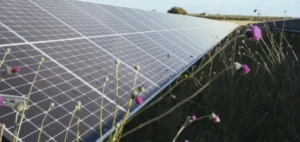Today, some 2,000 gigawatts of coal-fired power plants generate 15.5 billion metric tons of carbon dioxide every year. According to the IEA(International Energy Agency), emissions must reach zero by 2040 to limit global warming to 1.5 degrees Celsius. However, closing coal-fired power plants represents a significant cost, especially when these facilities are still in debt or tied to long-term power purchase agreements.
Profitable transition opportunities
The Institute for Energy Economics and Financial Analysis (IEEFA) has identified over 800 coal-fired power plants in emerging countries that could be profitably closed down and replaced by solar installations by the end of the decade. Of these, around 600 were built more than 30 years ago and have already paid off their debt, while the remaining 200, built between 15 and 30 years ago, could also be profitably replaced.
Persistent challenges
Nevertheless, obstacles remain, not least fossil fuel subsidies that inflate the value of existing assets. Replacing the most recent plants will represent a greater financial challenge, particularly in countries that continue to build new coal-fired capacity, such as Vietnam. Environmental groups have also criticized the financing of the transition, arguing that it involves paying polluters not to pollute.
The need for a solid regulatory framework
Paul Jacobson, lead author of the report, stresses the need for a “pipeline of well-defined, contractual and bankable transactions to shift from coal to clean energy”. He also stresses the importance of putting in place “safeguards” to avoid perverse incentives, by preventing companies building new coal-fired power plants from benefiting from transition funding mechanisms.
One enriching perspective that emerges from this analysis is the possibility of reconciling the imperatives of energy transition and economic viability. By judiciously exploiting opportunities to replace old coal-fired power plants with cost-effective solar installations, emerging countries could make significant progress in reducing their carbon footprint while preserving their economic competitiveness.






















